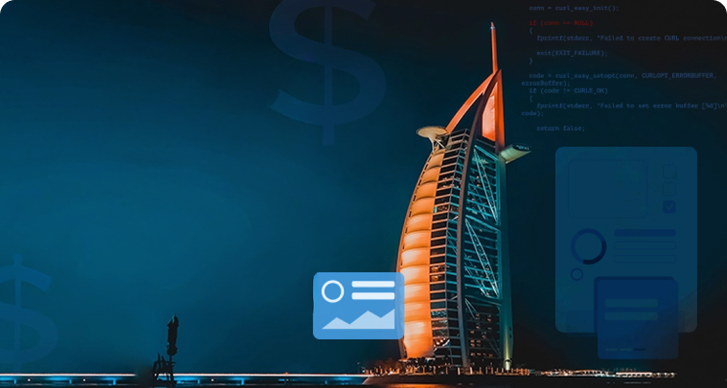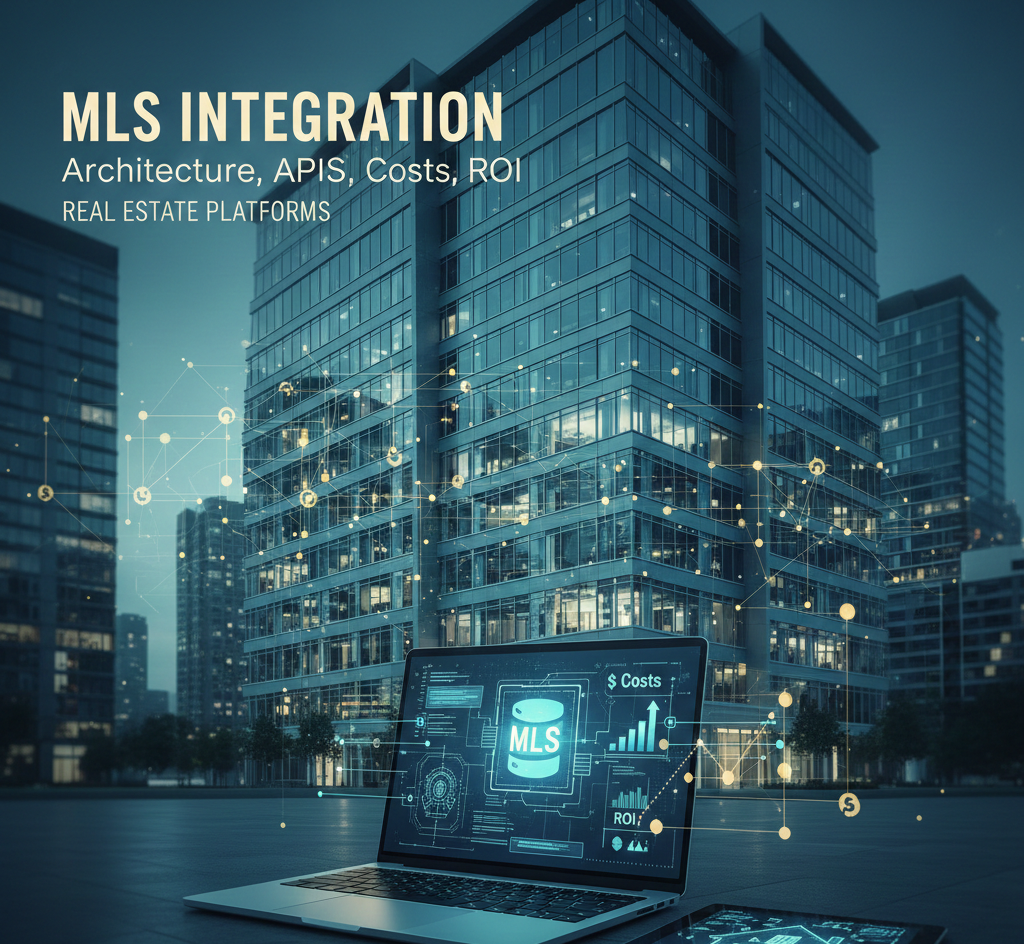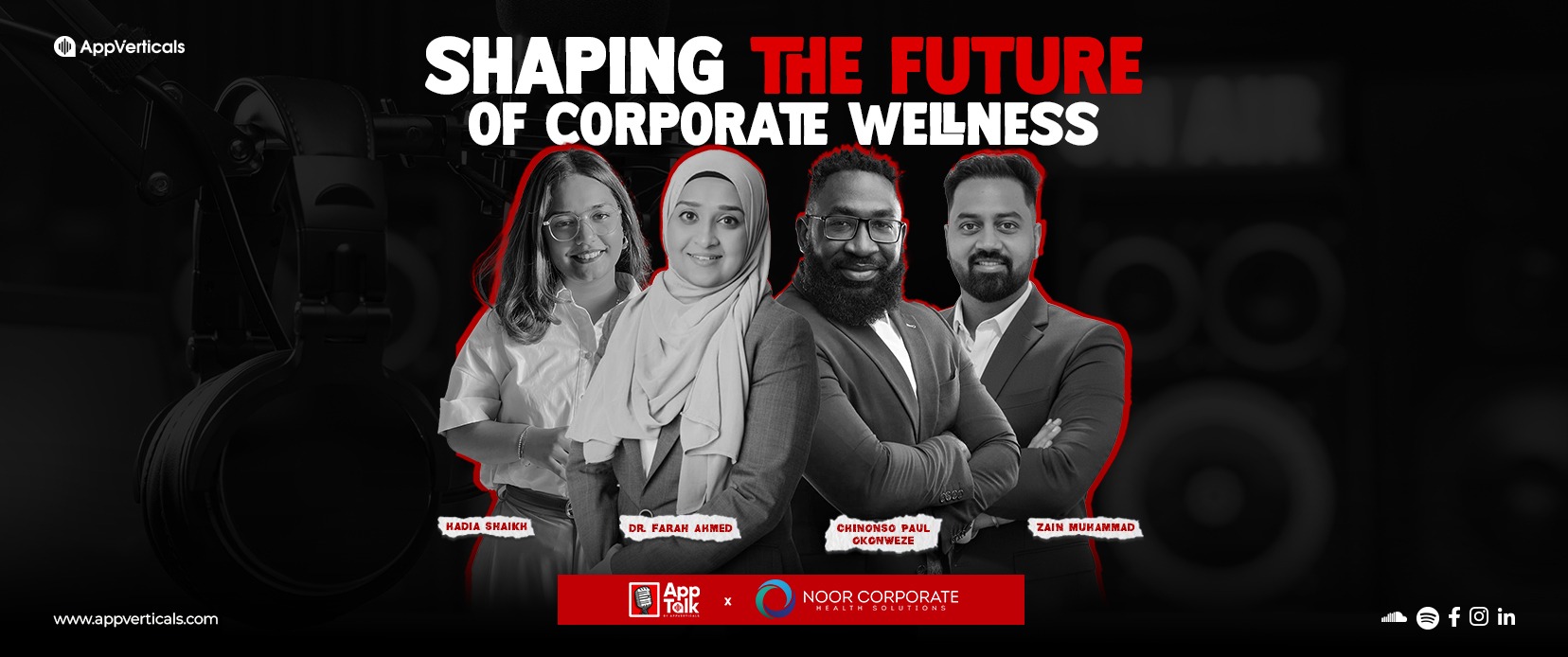Featured
How Much Does Healthcare App Development Cost in Dubai? A 2026 Breakdown
The average healthcare app development cost in Dubai can range from AED 100,000 to over AED 1.4 million, depending on factors such as app complexity, features, and specific compliance requirements. This price variation reflects the diversity in healthcare app types,...
 About Us
About Us Locations
Locations Case Studies
Case Studies Careers
Careers Contact Us
Contact Us




 Blogs
Blogs Podcasts
Podcasts Cost Calculators
Cost Calculators



![AI_in_App_Development_Statistics[1]](https://www.appverticals.com/blog/wp-content/uploads/2025/12/AI_in_App_Development_Statistics1.png)












